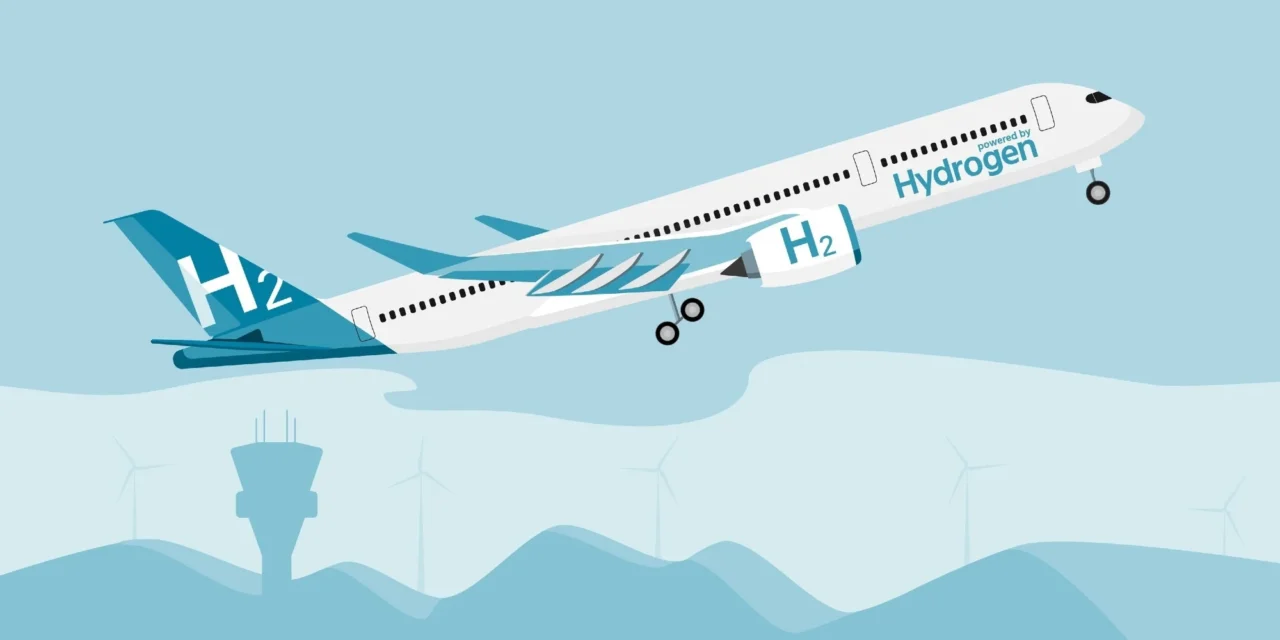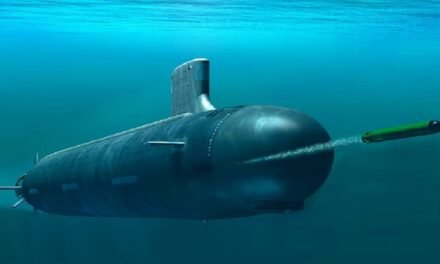Hydrogen-powered aircraft use hydrogen as a primary energy source, leveraging its high energy density and clean-burning properties to produce thrust. Hydrogen can power aircraft through two main approaches: combustion in modified jet engines or electricity generation via fuel cells. Here’s a detailed overview of how these systems work, their benefits, and the challenges they face:
How Hydrogen-Powered Aircraft Work
1. Hydrogen Combustion
- Modified Jet Engines:
- Hydrogen is burned in modified gas turbines, similar to conventional jet engines, but without emitting CO₂.
- The exhaust consists primarily of water vapor and a small amount of nitrogen oxides (NOx), depending on combustion temperatures.
- Key Features:
- Utilizes liquid hydrogen (LH₂) stored at cryogenic temperatures (~-253°C).
- Requires specialized fuel tanks and delivery systems to handle cryogenic hydrogen.
2. Hydrogen Fuel Cells
- Electric Propulsion:
- Hydrogen is fed into fuel cells where it reacts with oxygen, producing electricity, water, and heat.
- The electricity powers electric motors to drive propellers or fans.
- Key Features:
- Zero-emission operation with only water vapor as a byproduct.
- Suitable for smaller regional and urban air mobility (UAM) aircraft initially, with potential scaling to larger aircraft.
3. Hybrid Systems
- Combines fuel cells and hydrogen combustion for enhanced flexibility and performance.
- Example: Using fuel cells for efficient cruise and combustion engines for high-thrust phases like takeoff.
Benefits of Hydrogen-Powered Aircraft
1. Environmental Advantages
- Zero CO₂ Emissions:
- Hydrogen combustion and fuel cell systems emit no carbon dioxide during operation.
- Reduced Non-CO₂ Effects:
- Water vapor emissions from hydrogen are less harmful than CO₂, though their impact on high-altitude contrail formation needs further study.
2. High Energy Density
- Hydrogen has a high energy-to-weight ratio, making it more efficient than batteries for long-range flights.
- Offers the potential to power larger aircraft and longer routes compared to electric-only propulsion.
3. Renewable Hydrogen Production
- Green hydrogen can be produced via electrolysis using renewable energy sources like wind or solar power.
- Supports decarbonization efforts across the entire fuel lifecycle.
4. Noise Reduction
- Fuel cell-powered systems are quieter than conventional engines, reducing noise pollution around airports.
5. Future-Proof Technology
- Hydrogen aligns with global net-zero goals and provides a pathway to decarbonize the aviation sector.
Challenges of Hydrogen-Powered Aircraft
1. Infrastructure Development
- Storage and Refueling:
- Cryogenic storage and specialized refueling infrastructure for liquid hydrogen are required at airports.
- Global Availability:
- Establishing a hydrogen production and distribution network on a global scale is a significant challenge.
2. Technical Challenges
- Cryogenic Storage:
- Storing hydrogen at extremely low temperatures requires advanced insulation and safety measures.
- Aircraft Design:
- Hydrogen tanks are bulkier than traditional fuel tanks, necessitating redesigns of aircraft fuselages and wings to accommodate them.
- Energy Efficiency:
- Hydrogen production, liquefaction, and transport are energy-intensive, which can offset some environmental benefits if non-renewable energy sources are used.
3. Cost
- Production Costs:
- Green hydrogen is currently more expensive than fossil-based fuels, though costs are expected to decrease with advancements in production technologies and scaling.
- Aircraft Development:
- Designing, certifying, and manufacturing hydrogen-powered aircraft involves significant upfront investment.
4. Safety Concerns
- Flammability:
- Hydrogen is highly flammable, requiring robust safety measures in storage, transport, and use.
- Public Perception:
- Historical incidents, like the Hindenburg disaster, have contributed to public skepticism about hydrogen safety.
5. Performance at Scale
- Large Aircraft:
- Scaling hydrogen technologies for wide-body, long-haul flights presents challenges due to energy density limitations and weight penalties associated with storage.
Future Outlook
- Near-Term Applications:
- Hydrogen-powered aircraft are expected to debut in short-haul and regional markets where fuel cell systems are feasible.
- Long-Term Potential:
- With advancements in storage, infrastructure, and production, hydrogen could power long-haul, wide-body aircraft by mid-century.
- Synergy with Other Technologies:
- Combining hydrogen propulsion with hybrid-electric systems and advanced aerodynamics will enhance performance and sustainability.













